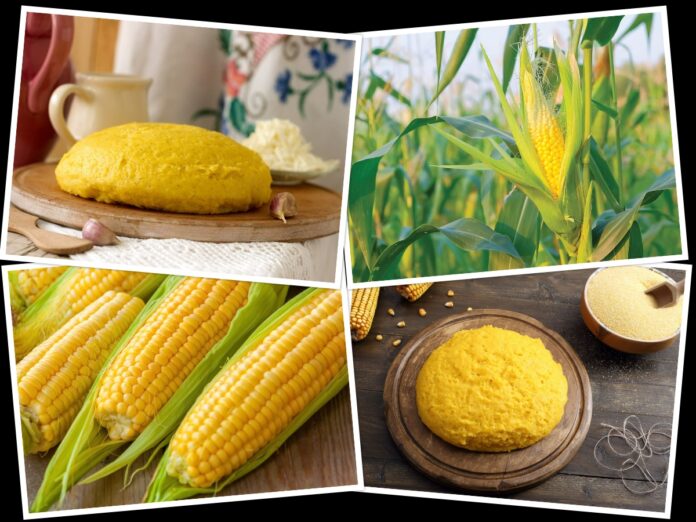Mamaliga, also known as polenta, is considered a symbol of traditional Romanian cuisine, has a rich and fascinating history. Although today it is almost exclusively associated with corn, originally, polenta was made from millet and other native grains. The introduction of corn to Romanian territories permanently changed the recipe and turned polenta into a staple food.
Corn reached Europe after Christopher Columbus discovered America in 1492, and its adoption in the Romanian Principalities was a gradual process. It is believed that the first ruler to introduce corn into Wallachia was Constantin Brancoveanu (1688-1714). During his reign, corn became an increasingly widespread crop, providing a cheap and nutritious food source for the population.

FOR THE MOST IMPORTANT NEWS, FOLLOW US ON TWITTER!
At first, mamaliga was considered the food of the poor, being easy to prepare and accessible to the majority of villagers. Over time, it became a beloved traditional dish, often served with cheese and sour cream, stuffed cabbage rolls, or Moldavian stew.

Today, mamaliga is a staple of Romanian cuisine, reinterpreted in modern restaurants yet retaining its honored place in traditional households. With a history intertwined with tradition and national identity, polenta remains an authentic symbol of Romanian gastronomic culture.



